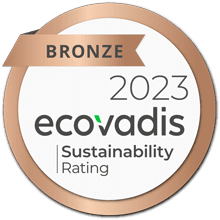Electric vehicle momentum accelerates — but still a long road ahead
“The big trend right now is the scale-up, dramatic increases in lithium-ion battery production YoY, especially from now looking forward,” the former Tesla, Inc manager said. In 2019, approximately 150 GWh of batteries for EVs were made — an amount projected to soar to “well over” 2,000 GWh/year by 2028.
Several factors are behind this growth: the identification of new resources, the commercialisation of new extraction processes, and advancements in chemistry. There are also over 100 factories being planned or already underway with GWh/year capabilities. Importantly, new facilities are using “very different” manufacturing processes to improve quality while reducing costs, rather than simply making more battery cells.
Meanwhile, original equipment manufacturers (OEMs) are increasingly entering into strategic agreements with their raw material sources to secure supply. For example, Tesla is reportedly deciding whether to buy cobalt directly from Glencore for its factory in Shanghai.
“Because of the rapid growth in demand for these metals, they’re worried that they can simply be cut out of the market, independent of what they’re willing to pay for it, so I think we’ll see much more of this going forward,” the specialist said.
While most OEMs are striving to become large EV players, few have “actually hit the road” on this front. New investments are being made in every corner of the industry and the numbers seem significant, with tenfold growth expected over the next decade. However, that “isn’t even enough to make a decent dent in global production”, the specialist added.
Several factors will determine future rates of production, including “step changes” in battery and electric powertrain performance. The Interview also covered supply concerns around nickel and lithium, Tesla’s market position, and the advantages and disadvantages of prismatic and cylindrical battery cells, among other topics.
To access all the human insights from Third Bridge Forum’s EV Battery Sector – Q1 2020 Update Interview, click here to view the full transcript.
The information used in compiling this document has been obtained by Third Bridge from experts participating in Forum Interviews. Third Bridge does not warrant the accuracy of the information and has not independently verified it. It should not be regarded as a trade recommendation or form the basis of any investment decision.
For any enquiries, please contact sales@thirdbridge.com


